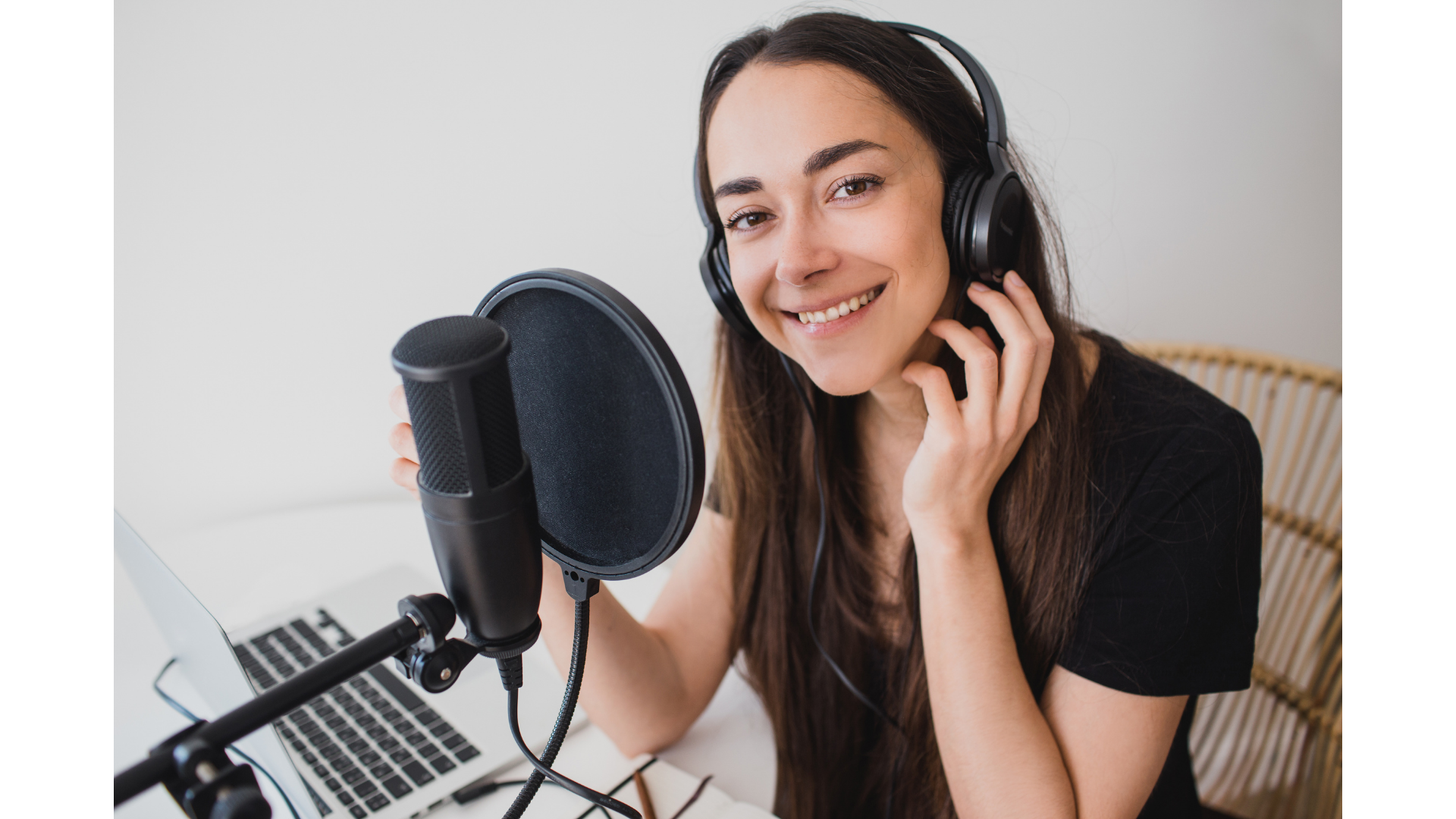Acoustic Treatment For Voice-Over
Oct 19, 2022
Lacking proper acoustic treatment is the #1 issue preventing most voice-over artists from achieving a professional sound. The following briefly explains why it's essential and what treatment is necessary to prepare your recording space properly. It is critical to understand that no plugin, microphone, preamp, or anything else will improve the quality of your voice recording as much as the proper acoustic treatment will. I often tell my clients that room treatment is "not fun to shop for" or "easy to spend money on" —however, room treatment is the best way to improve your recorded voice sound. It's an investment. In my experience, no one regrets the investment.

"No plugin, microphone, preamp, or anything else will improve the quality of your voice recording as much as the proper acoustic treatment will."
Sound Proofing is a term often used to describe either Absorption or Isolation. However, the two are very different. Isolation is when sound pressure waves are prevented from passing through a barrier. Isolation is when acoustic treatment is used in order to prevent sound from coming into your recording space (or escaping from your recording space). The problem is that Isolation requires a chamber to be constructed of walls built of heavy mass (think concrete or dense wood), then an air gap, then heavy mass again. Additionally, this chamber must be entirely airtight to achieve true Isolation. Attaining true Isolation is expensive and unrealistic for most voice-over home studio situations.
On the other hand, Absorption is when acoustic treatment is used to absorb reflections within a recording space. Sound pressure waves get absorbed by the special acoustic material and prevent reflections from reaching your microphone. I'll explain further.
You need to add specific acoustic panels to your room to improve your voice-over sound. Sound begins in the room, and you'll experience a night and day difference if you install the proper acoustic treatment. The key is the right acoustic panels.

The Reflection Issue
Professional "Broadband" panels (aka bass traps) that absorb the combined high, mid, and low frequencies will ONLY do the job correctly for a reflection-filled situation. Anything less won't give you the optimized sound you are after. Most voice-over artists expect thin panels (1 to 2 inches thick) or sound blankets to deliver results only broadband panels can. Thin panels or blankets don't absorb low frequencies. The low frequencies pass right through them. Think of a car with a LOUD stereo blaring outside your house. While the higher frequencies are muted, you hear the low frequencies because they pass right through the walls. Broadband panels are thicker (usually at least 4-inches), which is necessary to absorb your voice's lower frequencies. Thicker panels will prevent those lower frequencies from bouncing around in your room, then back into your microphone (at a slight delay). When low-frequency reflections are not absorbed, your recording is plagued by resonance issues. This situation can give your recorded voice a "boxy," thin, bassy, or bassless sound. However, once these low-frequency reflections are addressed, you'll notice a drastic difference in the sound of your recordings. The recording becomes crisp, tight, and forward. Properly absorbing the reflections results in precisely what makes us say, "wow, that's an amazing voice sound!"
DIY bass traps built according to pro specs can be a solution. It depends on if you're handy and have the tools. It's usually a bit cheaper. If you do build your panels, take caution with a mask and gloves, as the material (rock wool/fiberglass) can be hazardous to work with. Also, many people expect "bass traps" to be triangular in shape, but that's not always the case.

I use acoustic broadband panels in my studio made by a company called Gik Acoustics, and I love them. I suggest you go to the Gik Acoustics Room Planner Calculator on their website. https://www.gikacoustics.com/acoustic-advice-form/
You can fill out your room size and other details, and they will send you the room treatment necessary to achieve the sound you're after for free. You don't have to purchase, but the process will allow you to see precisely the acoustic treatment you need to correct your room treatment issue. Be sure to explain in your form to them that you are looking for a completely Reflection-less room for voice-over recording.
Plugins can only attempt to mask the sound issue in your room. However, once your treatment is installed, my custom voice-over processing service can create an excellent sound for your voice.
The following link is my affiliate link. If you end up purchasing from Gik Acoustics, using this link helps me out at no additional cost to you. https://www.gikacoustics.com/ref/10/
Get A Demo Of Your Custom-Processed Sound Free
If you're looking to elevate your voice recording quality for podcasts, audiobooks, commercials, or any other project, my custom voice-over processing service is your solution.

